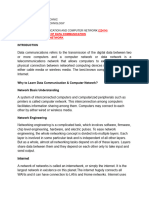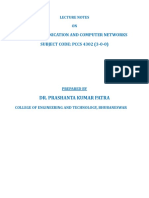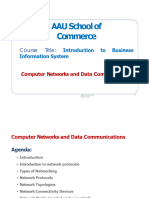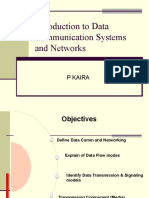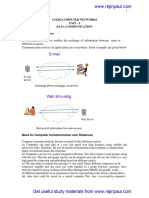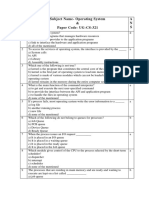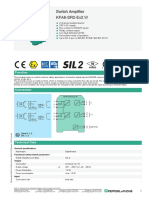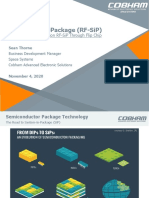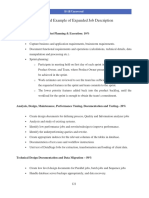0% found this document useful (0 votes)
42 views45 pagesBscs DCCN Week 1
This document outlines the syllabus for a data communication and computer networks course. It includes the course topics to be covered such as networking models, digital signals, transmission media, and network layers. It provides the recommended textbook, reference books, and grading criteria. The instructor's contact information and links to lecture slides and PowerPoint templates are also included.
Uploaded by
Shoaib AtiqCopyright
© © All Rights Reserved
We take content rights seriously. If you suspect this is your content, claim it here.
Available Formats
Download as PPTX, PDF, TXT or read online on Scribd
0% found this document useful (0 votes)
42 views45 pagesBscs DCCN Week 1
This document outlines the syllabus for a data communication and computer networks course. It includes the course topics to be covered such as networking models, digital signals, transmission media, and network layers. It provides the recommended textbook, reference books, and grading criteria. The instructor's contact information and links to lecture slides and PowerPoint templates are also included.
Uploaded by
Shoaib AtiqCopyright
© © All Rights Reserved
We take content rights seriously. If you suspect this is your content, claim it here.
Available Formats
Download as PPTX, PDF, TXT or read online on Scribd
/ 45










